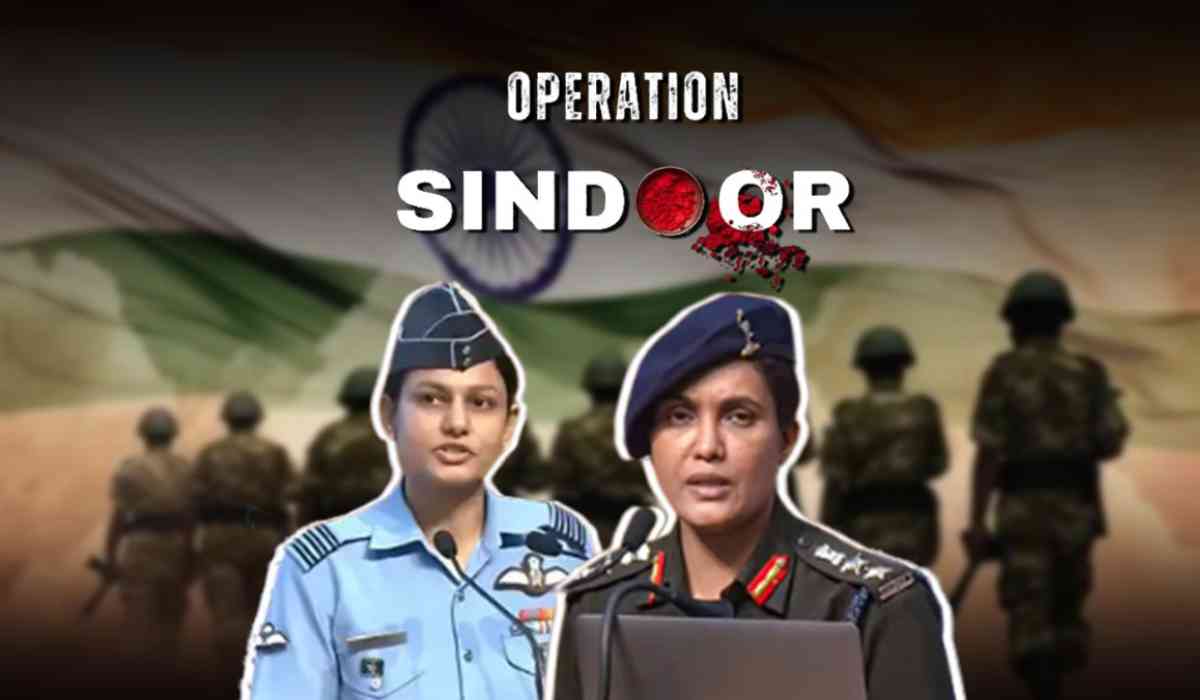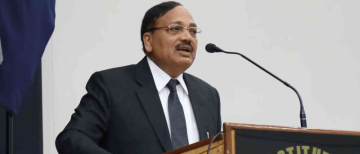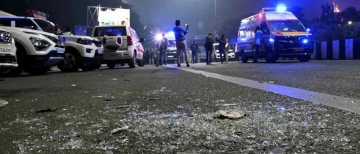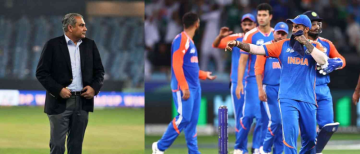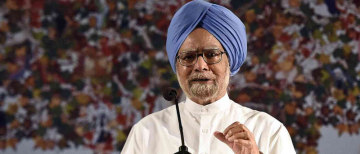In a powerful and symbolic statement, India’s official media briefing following the successful Operation Sindoor was led by two remarkable women military officers: Colonel Sofiya Qureshi from the Indian Army and Wing Commander Vyomika Singh from the Indian Air Force. This historic briefing, which came after India’s precision strikes on terrorist camps in Pakistan and Pakistan-Occupied Jammu and Kashmir (POJK), not only demonstrated India's military capabilities but also sent a potent message of resilience and unity in the fight against terrorism.
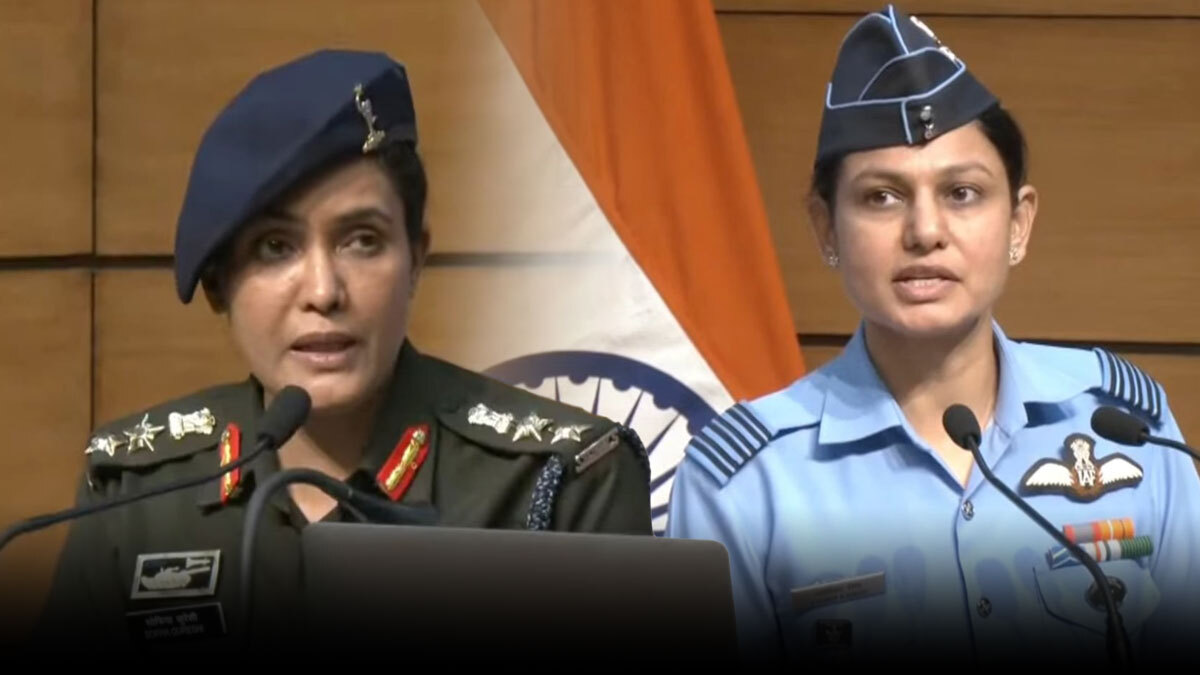
Operation Sindoor: A Calculated, Symbolic Response
Operation Sindoor was launched as a response to the brutal Pahalgam attack on April 22, 2025, where terrorists targeted Hindu men in Pahalgam, Jammu and Kashmir—executing them in front of their wives and children. The gruesome attack shocked the nation. Two weeks later, after Pakistan failed to take action against the terrorist infrastructure on its soil, India launched nine pre-dawn missile strikes across Pakistan and Pakistan-Occupied Jammu and Kashmir (POJK).
The military action was aimed at dismantling the infrastructure of terror operating from Pakistan and POJK. Colonel Qureshi and Wing Commander Singh provided details of the operation, which successfully destroyed nine key terrorist camps in these regions. These camps were linked to notorious terrorist organizations like Lashkar-e-Taiba (LeT), Jaish-e-Mohammad (JeM), and Hizbul Mujahideen, which have long been responsible for terror activities in India.
The operation was carried out with careful precision, ensuring minimal collateral damage and prioritizing the destruction of terror infrastructure over military targets. Wing Commander Singh stressed that the locations were selected based on credible intelligence and a strategic focus on avoiding harm to civilians. The pre-emptive airstrikes were essential to thwarting further attacks planned by Pakistan-based terror groups.
The operation was codenamed ‘Sindoor’, a poignant nod to the vermilion traditionally worn by Hindu married women, referencing the suffering of the widows left behind in Pahalgam. According to officials, the name was chosen by Prime Minister Narendra Modi for its cultural and emotional significance.
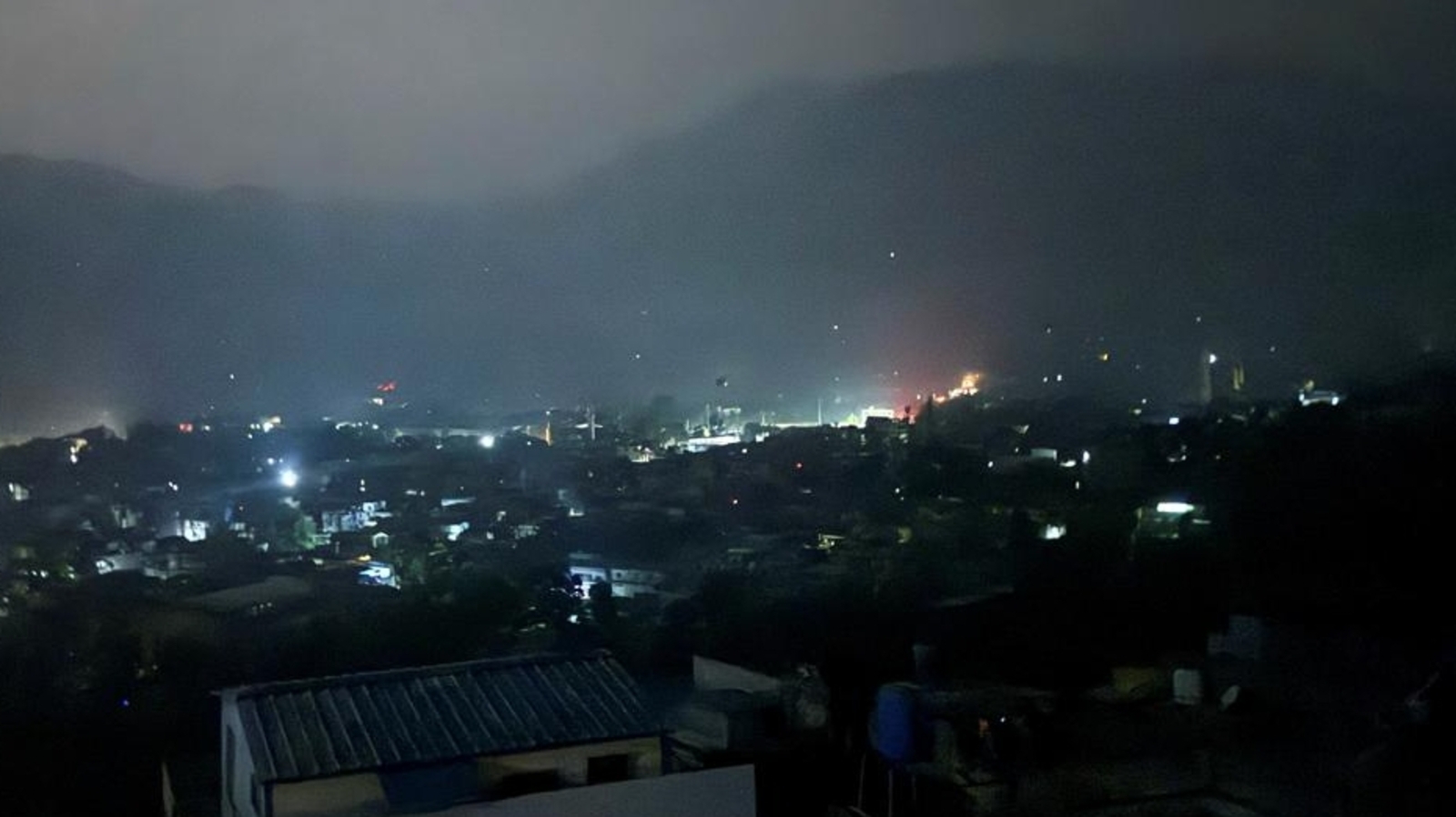
A Press Briefing That Spoke Volumes
At the heart of India’s official media briefing stood Colonel Sofiya Qureshi of the Indian Army and Wing Commander Vyomika Singh of the Indian Air Force—both decorated officers, both women, and each representing a facet of India's pluralistic, modern defense forces.
Accompanying them was Foreign Secretary Vikram Misri, who confirmed that the strikes were measured, proportionate, and non-escalatory, aimed purely at dismantling terror hubs and avoiding civilian casualties.
The choice of spokespersons was more than strategic—it was deeply symbolic. At a time when India grapples with communal tensions, the image of a Muslim woman from Kashmir and a Hindu woman from the Air Force standing shoulder to shoulder against terrorism presented a message louder than any missile strike: India stands united—beyond religion, gender, or region.
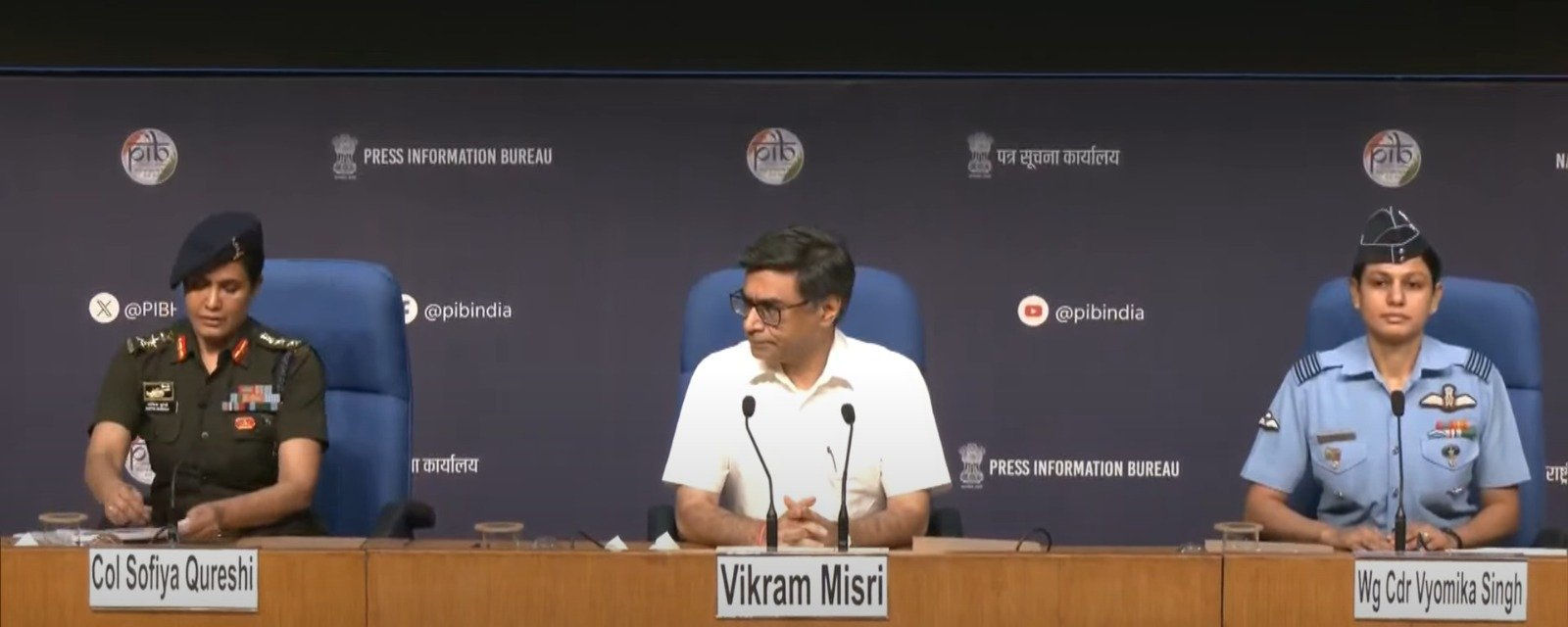
Key Highlights from the Operation Sindoor Briefing
Colonel Sofiya Qureshi:
-
Confirmed that nine terror camps were successfully neutralized.
-
Stated that the camps had long been breeding grounds for terrorism, including training centers and indoctrination hubs.
-
Emphasized that India’s aim was to deliver justice to the victims of the Pahalgam massacre.
Wing Commander Vyomika Singh:
-
Said the locations were selected based on credible intelligence to ensure zero civilian casualties and minimal collateral damage.
-
Reiterated that targets included camps of Lashkar-e-Taiba (LeT), Jaish-e-Mohammad (JeM), and Hizbul Mujahideen.
-
Highlighted India’s commitment to precision and responsibility in its defense operations.
Foreign Secretary Misri:
-
Clarified that no action was taken by Pakistan in the two weeks since the Pahalgam attack, prompting a pre-emptive and deterrent strike.
-
Asserted that no Pakistani military facilities were targeted.
-
Stated that India’s actions were non-escalatory and focused solely on dismantling terror infrastructure, with no intent to escalate the situation further.
-
Declared that India is “ready to deal with any misadventure by Pakistan.”
#WATCH | #OperationSindoor, Col. Sofiya Qureshi says, "Operation Sindoor was launched to give justice to victims of Pahalgam terrorist attack. Nine terrorist camps were targeted and destroyed." pic.twitter.com/8nbLHN6a3k— ANI (@ANI) May 7, 2025
The Women Behind the Uniform
Both officers are highly decorated professionals, each with a distinguished career that reflects their immense contribution to India’s defense forces.
Colonel Sofiya Qureshi
-
An officer in the Indian Army’s Corps of Signals, Col. Qureshi has a military family background—her father and grandfather both served in the Army.
-
In 2006, she served as a military observer in the UN Peacekeeping Mission in Congo.
-
She became the first woman to lead an Indian Army contingent at a multinational training exercise in 2016, involving ASEAN Plus countries.
-
Commissioned in 1999 through the Officers Training Academy, she holds a postgraduate degree in biochemistry.
-
She has served in counter-insurgency zones and across several signal regiments.
-
When asked why she joined the army: “It’s the same charm that draws men—the love for the nation, and honour and pride in donning the uniform.”
Wing Commander Vyomika Singh
-
With over 2,500 flying hours, Wg Cdr Singh is a helicopter pilot in the IAF.
-
She joined the armed forces after her time in the National Cadet Corps (NCC) and completing her engineering studies.
-
She was commissioned into the IAF on December 18, 2019, and later received a permanent commission in the flying branch.
-
Singh has flown missions in high-altitude regions including Jammu and Kashmir and the Northeast.
-
In November 2020, she led a high-risk rescue operation in Arunachal Pradesh, flying through treacherous terrain and harsh weather.
-
In 2021, she participated in a tri-services all-women mountaineering expedition to Mt. Manirang (21,650 feet).
Together, these two officers personify the strength, commitment, and unity that India stands for in the face of terrorism. Their leadership in the briefing after Operation Sindoor symbolized the breaking of gender biases and emphasized that women are increasingly playing pivotal roles in securing the nation.
#WATCH | Delhi | #OperationSindoor| Col. Sofiya Qureshi, while addressing the media, presents videos showing multiple hits on the Mundrike and other terrorist camps in Pakistan and PoJK. pic.twitter.com/Ih21EklEe5— ANI (@ANI) May 7, 2025
Unity in Diversity: The Deeper Message
In a nation often tested by communal and gender-based challenges, the press briefing delivered a powerful counter-narrative:
-
A Muslim woman from Kashmir and a Hindu woman officer stood united, not just in uniform, but in purpose.
-
Their presence highlighted a new era in India's defense leadership, where merit, courage, and service to the nation override religious or gender identities.
-
The government subtly but effectively signaled that India’s war is not against any religion, but against terrorism—and that Indian Muslims are an integral part of this fight.
-
It also served as a reminder of the rising role of women in India's defense landscape, breaking entrenched stereotypes and inspiring a new generation.
#WATCH |Delhi | #OperationSindoor| Wing Commander Vyomika Singh says, "Operation Sindoor was launched by the Indian Armed Forces to deliver justice to the victims of the Pahalgam terror attack and their families. Nine terrorist camps were targeted and successfully destroyed...… pic.twitter.com/Gmw6WHrYVO— ANI (@ANI) May 7, 2025
Operation Sindoor as a National Statement
Operation Sindoor was not just a military response—it was a national statement. It combined precision, restraint, and symbolism. Through the leadership of Col. Sofiya Qureshi and Wg Cdr. Vyomika Singh, India sent a clear message: the fight against terror will be fought together, by all Indians—regardless of religion, gender, or region.
At a time when communal narratives seek to divide, the images from the Operation Sindoor briefing stand as a testament to a unified India, led by those who wear the uniform not just in defense of territory, but in defense of the very idea of India.
Views expressed in the above piece are personal and solely those of the author. They do not necessarily reflect Vygr’s views.
With inputs from agencies
Image Source: Multiple agencies
© Copyright 2025. All Rights Reserved Powered by Vygr Media.

